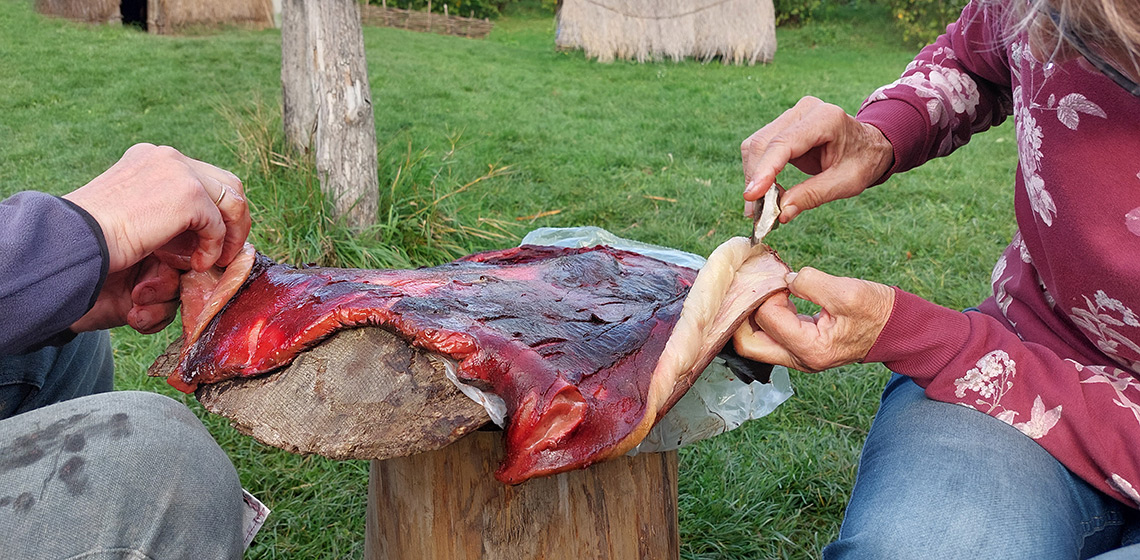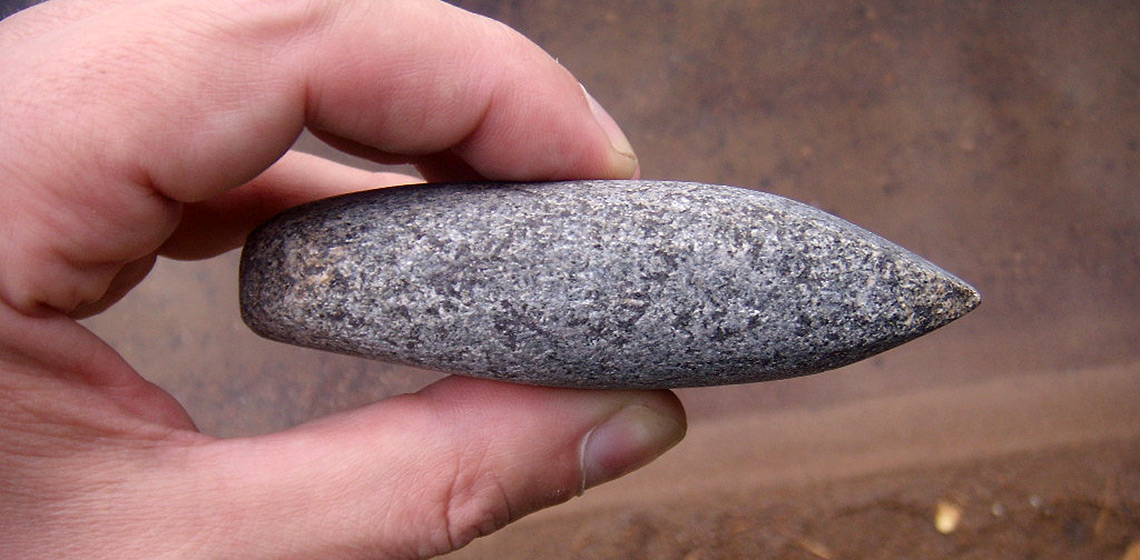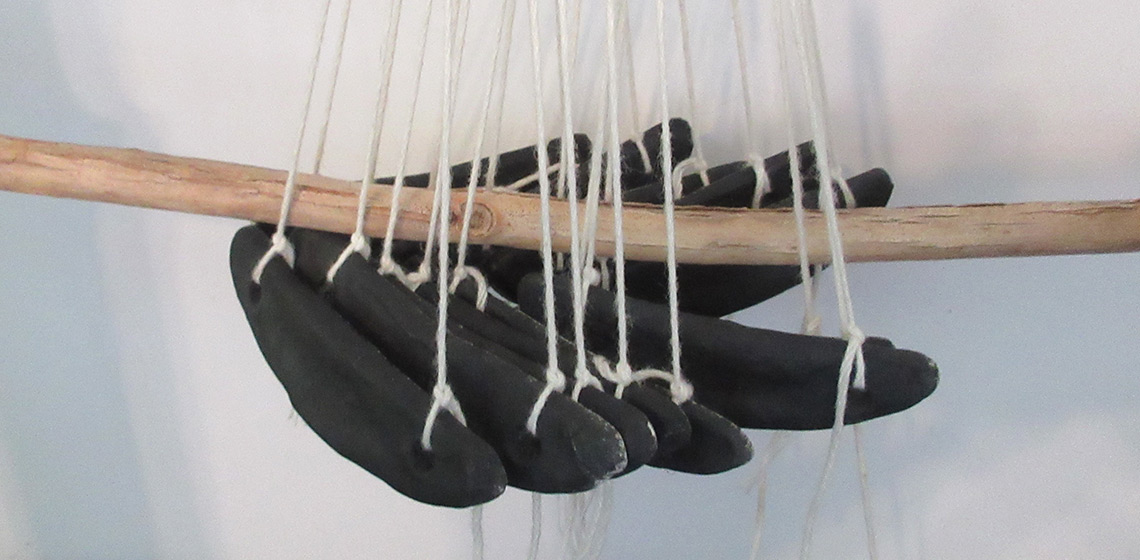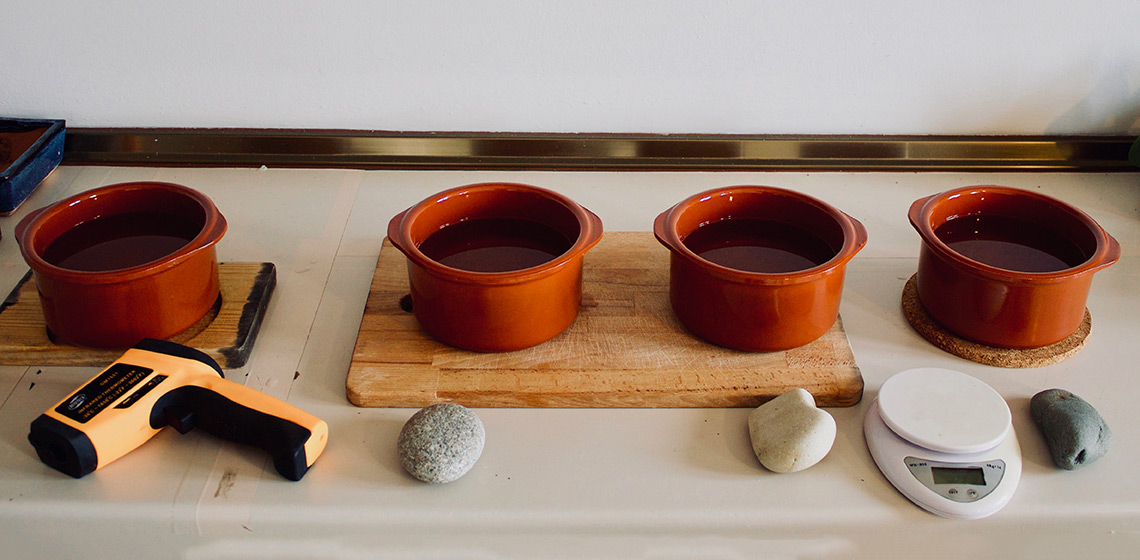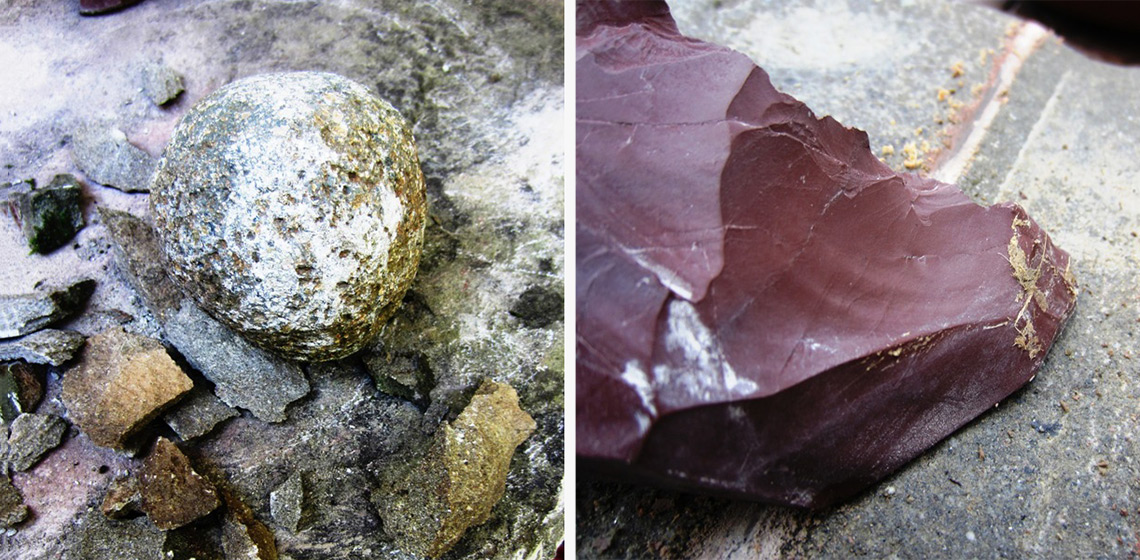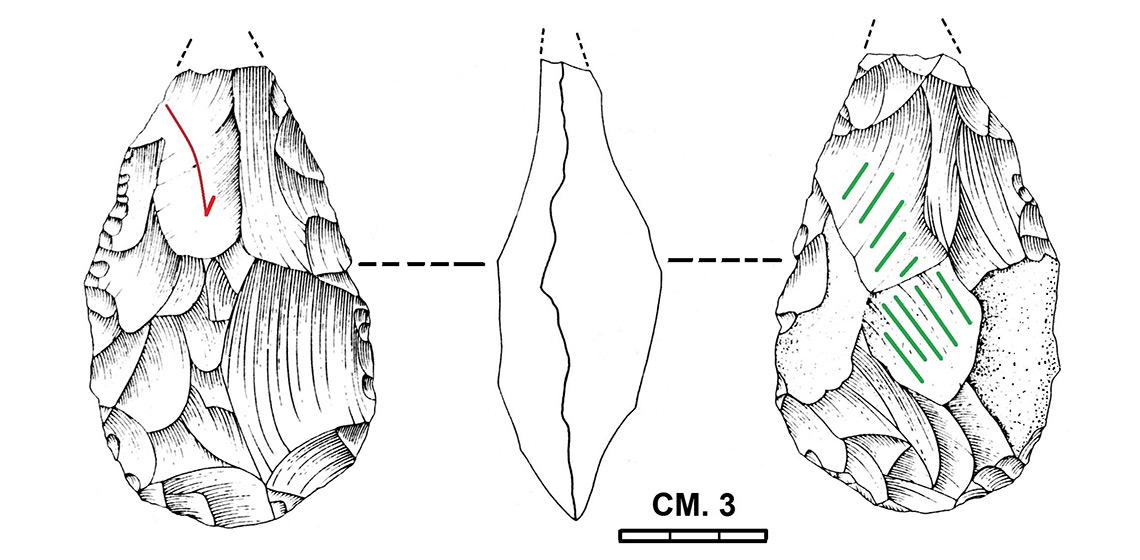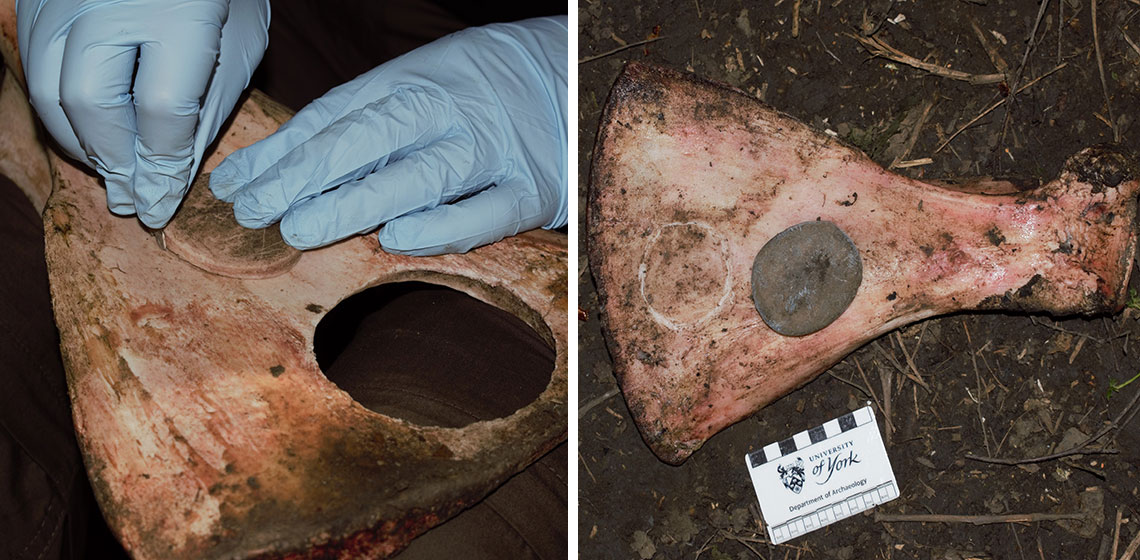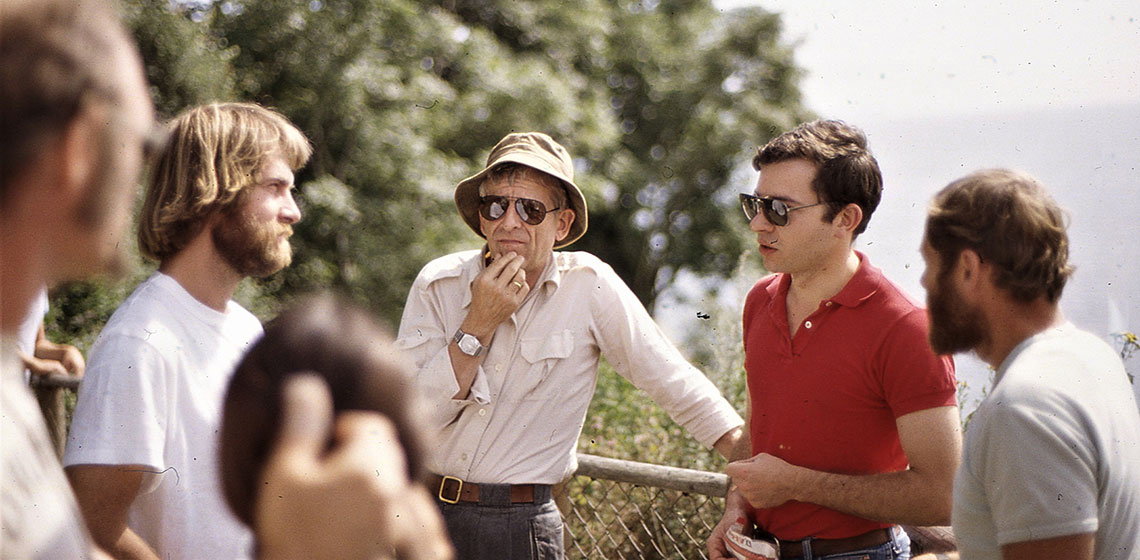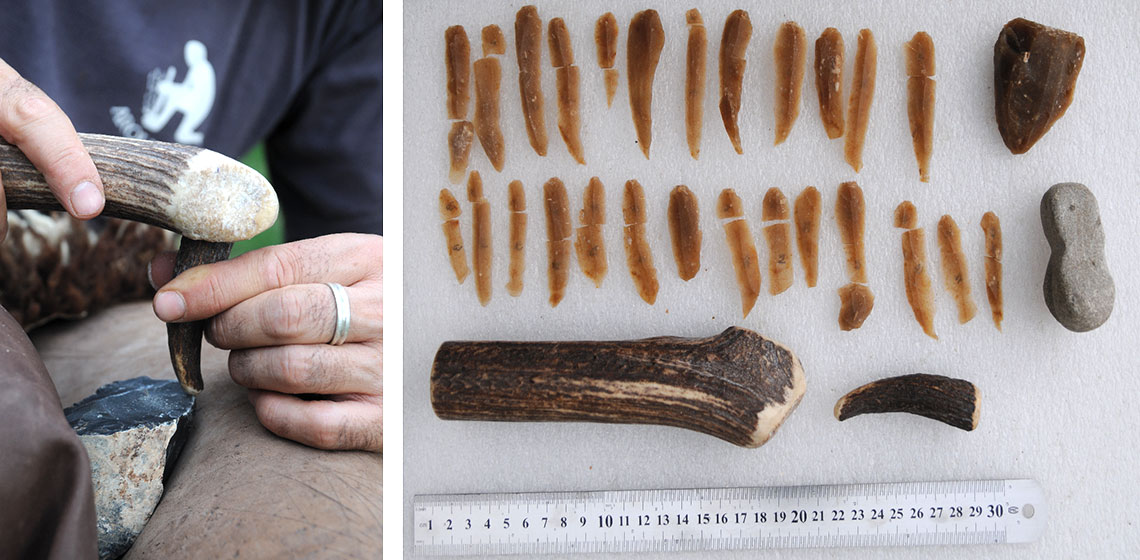stone
Scraping Seal Skins with Mineral Additives
Publication Date
Neolithic scrapers from the Vlaardingen Culture (3400-2500 BC) display a variety of hide-working traces, amongst which traces interpreted as being the result of contact with dry hide. It has been suggested that, potentially, some of these implements were used to scrape fatty hides with mineral additives. Therefore, a series of experiments...
The Process of Making Schist Axes of Paja Ul Deˀŋ – “The People of Big Water”
Publication Date
Paja Ul Deˀŋ [padʒaul’deˀŋ] “The People of Big Water” is a conventional and compact name given to Neolithic inhabitants of the territories of Saint Petersburg and the Leningrad region in their hypothetical reconstructed language (it is possible to state that these people spoke a language that was very close to Yeniseian languages). Paja Ul Deˀŋ made axes/adzes mainly of schist, a process that takes...
Testing Mesoamerican Lunate Artifacts as Possible Crescent Loom Weights
Publication Date
While the importance of textiles in Mesoamerica from the Classic period (AD 250-900) onward is well-recognized, scholars have conducted little exploration of earlier Mesoamerican textile production. This lack of scholarship may be attributed in great part to the scant preservation of perishable textiles and tools from ancient times. New sources of information have been recognized, however...
Hafted Tool-use Experiments with Australian Aboriginal Plant Adhesives: Triodia Spinifex, Xanthorrhoea Grass Tree and Lechenaultia divaricata Mindrie
Publication Date
Hafted stone tools commonly figure in Australian archaeology but hafting traces and manufacture processes are infrequently studied. The Aboriginal processing of resin from Xanthorrhoea (Sol. Ex Sm.) grass tree, Triodia (R.Br.) spinifex and Lechenaultia divaricata (F.Muell.)...
Keep it in your own Backyard: New Experimental Perspectives on Domestic Iron Age Lithic Industries in the Northwestern Iberian Peninsula
Publication Date
11th EAC Trento 2019
***Both knapped and polished lithic industries have traditionally been given great regard within the archaeological studies of northwestern Iberian Peninsula, mostly focusing on their typologies and the materials used. However, this has not been the case with other stone objects, such as rolling stones, that tend to appear in...
***Both knapped and polished lithic industries have traditionally been given great regard within the archaeological studies of northwestern Iberian Peninsula, mostly focusing on their typologies and the materials used. However, this has not been the case with other stone objects, such as rolling stones, that tend to appear in...
Stone & Metal: Experimental reproduction of a stone monument of the Metal Age, Located between Liguria and Tuscany (Italy)
Publication Date
11th EAC Trento 2019
***The Italian region of Lunigiana, is located between Liguria and Tuscany, and is rich in stone statues which were worked from the third millennium B.C. until the beginning of the historical period, around the 6th century B.C. (Anati, 1981). Eighty statues have been collected and show stylized male and female characters...
***The Italian region of Lunigiana, is located between Liguria and Tuscany, and is rich in stone statues which were worked from the third millennium B.C. until the beginning of the historical period, around the 6th century B.C. (Anati, 1981). Eighty statues have been collected and show stylized male and female characters...
Basalt Handaxes: Preliminarily Testing the Lithic Translation Strategy Hypothesis and Comparisons with the Fontana Ranuccio Site Bifacial Tools
Publication Date
11th EAC Trento 2019
***The oldest bifacial “handaxes” known so far belong to the “Kokiselei 4” site, dated to 1.76 Ma (West Turkana, Kenya; Texier, 2018). They have been manufactured by direct lithic percussion on magmatic effusive stone materials. Considering that the evolution of “fully operational intelligence” (Wynn, 1979) has been associated with the so-called...
***The oldest bifacial “handaxes” known so far belong to the “Kokiselei 4” site, dated to 1.76 Ma (West Turkana, Kenya; Texier, 2018). They have been manufactured by direct lithic percussion on magmatic effusive stone materials. Considering that the evolution of “fully operational intelligence” (Wynn, 1979) has been associated with the so-called...
Spinning in Circles: the Production and Function of Upper Palaeolithic Rondelles
Publication Date
Rondelles are thin, circular disc cut-outs typically made from the blade of the scapula of medium sized ungulates, such as horse or cervid. These are primarily associated with the Late Upper Palaeolithic Magdalenian and focused around northwest Europe. Rondelles are frequently...
Obituary: Peter Kelterborn (4 July 1928 – 9 March 2017)
Publication Date
On 9 March 2017, Peter Kelterborn, Swiss civil engineer and experimental archaeologist closed his eyes for good at the age of 89. He was known to many of his colleagues through his well-researched works on prehistorical flint and rock technology, but also from his methodological scientific experiments in archaeology. Many cherished him as a modest and thoughtful colleague, friend and counsellor...
Research, Experimentation and Outreach in the Early Neolithic Site of La Draga (Banyoles-Spain)
Publication Date
The exceptional preservation of organic material in the early Neolithic site of La Draga (Banyoles, north-east Iberian Peninsula) has allowed lines of research that had rarely been undertaken in the region. The research project carried out at the site of La Draga involves experimental archaeology as a...

